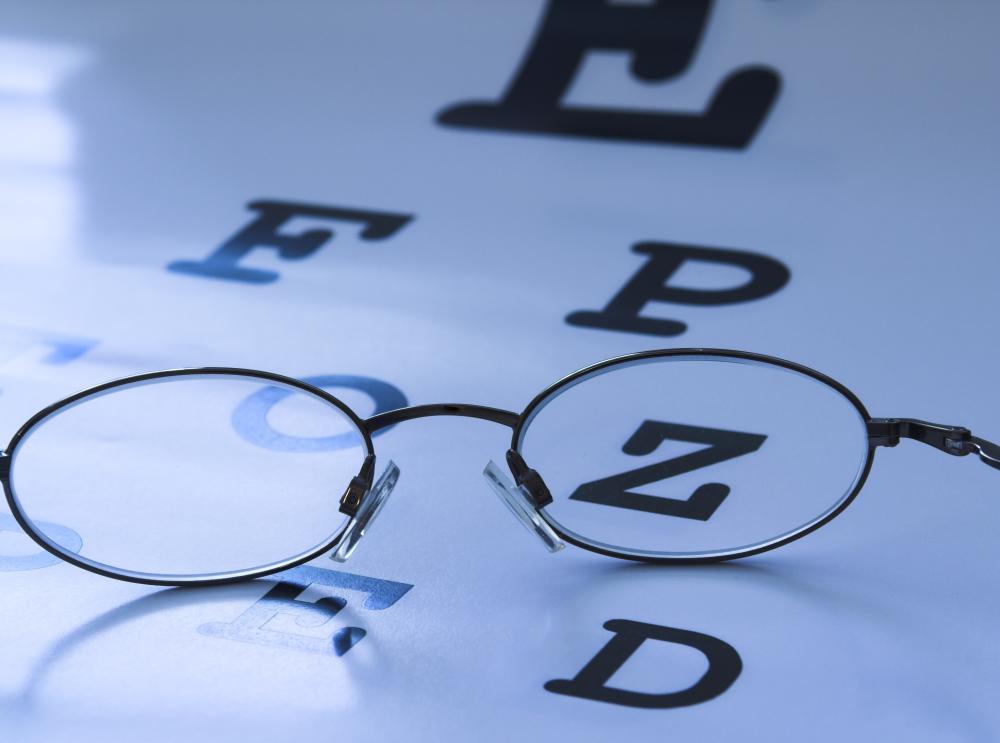At TheHealthBoard, we're committed to delivering accurate, trustworthy information. Our expert-authored content is rigorously fact-checked and sourced from credible authorities. Discover how we uphold the highest standards in providing you with reliable knowledge.
What is Retinoschisis?
Retinoschisis is an eye disease that affects retinal cells in a part of the eye called the macula. The macula is located at the back of the eye and is the central point at which visual signals are received and focused. Retinoschisis can occur as a hereditary disorder in children and in the elderly, in whom it primarily results from aging. This condition rarely causes blindness, but it does often result in impaired vision.
When it occurs as a juvenile hereditary disease, retinoschisis mainly affects male children. This is because the genetic mutation that causes the disorder is located on the X chromosome. Males have one X chromosome, and females have two. Therefore, a mutation of the X chromosome often affects males only, because females still have a normal copy of the gene, and this masks the effects of the mutation.

In age-related retinoschisis, the disease is not caused by a genetic mutation. Instead, it is the result of retinal damage that occurs because of aging. For this reason, women are as likely as men to have age-related retinoschisis. Despite its name, this type of retinal disease does not solely occur in the elderly, because it can develop as early as the third decade of life.

Retinoschisis can affect both peripheral and central vision. Someone with the juvenile form of the condition is more likely to experience a deficiency in central vision that is mild at onset but can gradually worsen. A young adult with this disorder is likely to have visual acuity of approximately 20/70, but visual impairment as severe as 20/200, defined as legal blindness, is possible.

In both the juvenile and the age-related disease, common symptoms include loss of vision, floaters and photopsia, or flashes of light. These symptoms occur because the retina gradually splits into two or more layers. In the case of adult-onset disease, this simply is the result of age-related deterioration of eye tissues. When the juvenile form is involved, the cause is a defect in a protein that helps retinal cells adhere to one another. Retinal deterioration also can lead to complications: There is a risk of holes developing in the retina and a risk of retinal detachment.

Medical treatment cannot prevent deterioration of the retinal layers, but surgery can help reduce the risk of retinal detachment. Glasses or contact lenses can improve vision, but cannot prevent further vision loss. In the case of children with the juvenile form of the disease, many doctors recommend that activities that carry a risk of head impact should be limited or eliminated. Children usually are closely monitored for signs of vision deterioration so that surgery can be carried out promptly, if it is needed.
AS FEATURED ON:
AS FEATURED ON:















Discuss this Article
Post your comments